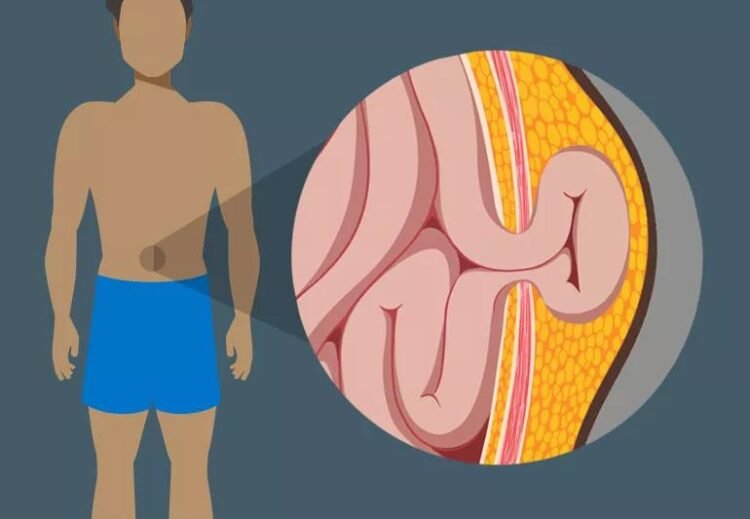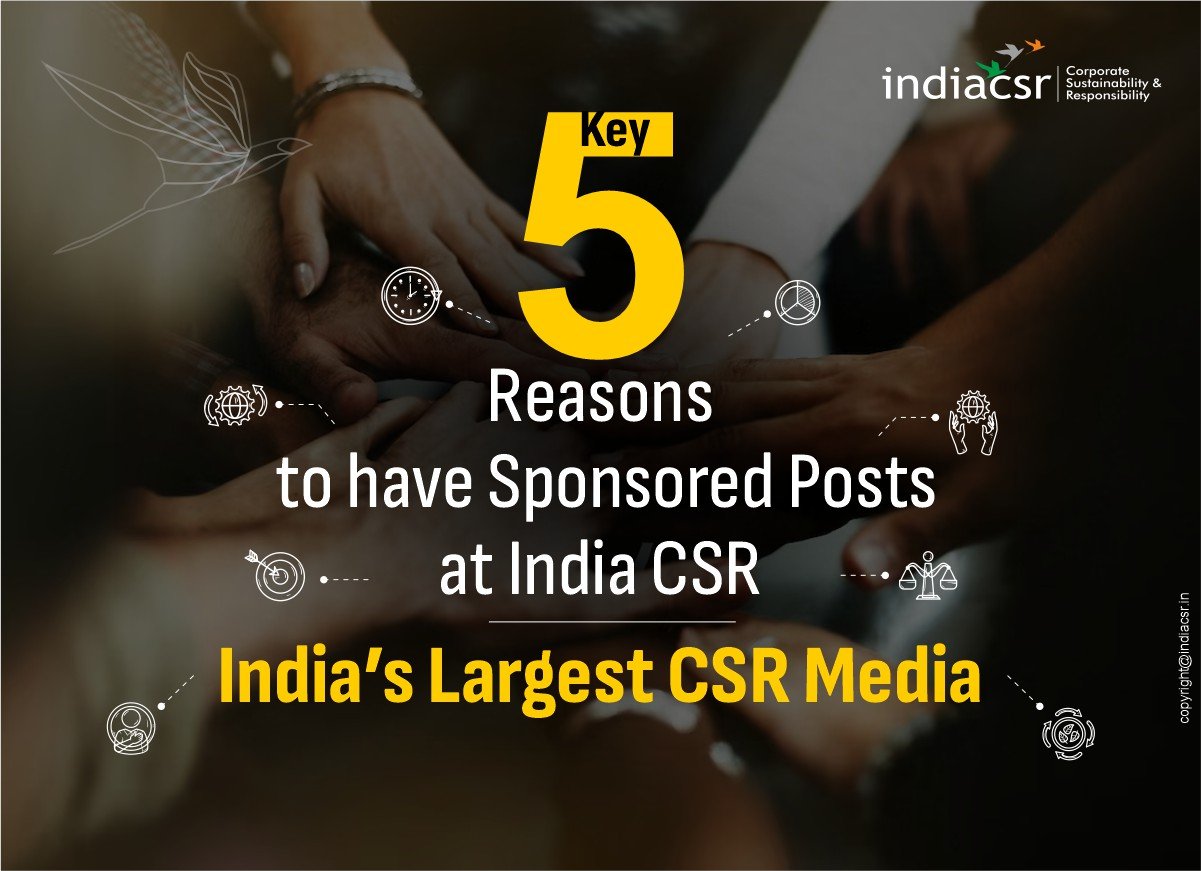A hernia is a medical condition where the organ or any part of the organ starts protruding due to a defect or weakness in the soft tissue wall that otherwise keeps it enclosed. It usually develops in the upper abdomen or groin and is more common in men than women. Hernia has various types, such as groin hernia, abdominal hernia, hiatal hernia, incisional hernia, and ventral hernia.
Many people associate the treatment of hernia with surgery. But do you know there are different ways to fix it? In either case, it is crucial to get your medical condition diagnosed. The diagnosis of a hernia is made through a physical exam where your provider will examine you and feel the bulge in your body. If there is no bulge, your provider may even order a test to confirm the condition.
What are the Ways to Fix Hernia without Surgery?
If you have a hernia, you might think your condition will require immediate surgery. However, this is not the case. Hernia is not a life-threatening condition where you would need immediate medical intervention from a surgeon or hernia repair specialist. In some cases, you can fix or reduce the bulging of the skin tissues without surgical intervention. Here are the different ways to fix a hernia without surgery.
Wear a Truss or Hernia Belt
One of the most common ways to reduce the bulge or fix your hernia without surgery is wearing a truss. Also known as a hernia belt, corset, or binder, you can wear it on the protruding area. In a hernia, the organ in your body protrudes through a muscular wall containing it, and wearing a truss can help keep this in place.
That said, this remedy will help only if your hernia is completely reducible. If the doctor is sure that wearing a belt can push the hernia sac back through the muscle wall, they will suggest this solution. But wearing a truss has its own challenges, especially the discomfort.
Wait for Some Time
Some people prefer waiting for their hernia to reduce. As per numerous studies, waiting and delaying surgery may be an effective treatment option. These studies claim that men who waited to undergo surgery ended up having similar surgical outcomes to men who had surgery immediately. However, waiting for a hernia to reduce is not preferable for all.
If your hernia is so large in size that nothing can push it back to the damaged muscular wall, you may have to get it removed surgically. Furthermore, if the condition causes you extreme pain or discomfort, opting for surgery is highly advised over waiting for hernia to subside.
Try these Yoga Poses
Sometimes, doing light yoga stretches may help reduce your hernia to a remarkable point, especially when you have an inguinal hernia. It is vital to choose the right yoga poses to relieve the pressure in your abdomen, strengthen its muscles, and close up the inguinal canal. You will be advised to perform poses like Vajrasana, Sarvangasana, Matsyasana, Paschimottanasana, and Pawanmuktasana.
It is vital to mention that you should perform these yoga poses only if advised by your doctor. If not, it may aggravate your condition.
When is Surgical Intervention Important to Treat Hernia?
The above-listed remedies can work in your favour only to a certain extent and in some situations. If nothing helps you, surgical intervention becomes the last resort to address the condition. Your doctor will recommend surgery for the treatment of hernia in the following cases. In that case it is advised you get in touch with the best hernia surgeon for your treatment.
- If your hernia sac is so big that it cannot be pushed back in place. The size of the hernia becomes damaging to the surrounding muscles. As a result, surgery becomes a need.
- If the tissue or organ gets trapped in the muscle wall and cannot be pushed back into the cavity. This condition may result in immense pain and complications like strangulation. It requires immediate medical attention.
- If your hernia is left untreated for a long time and not even the above-listed remedies work, the supply of blood and oxygen to the tissue may get blocked. It may lead to organ death in the worst-case scenario. A strangulated hernia requires immediate medical treatment through surgery.
- If you see the hernia turning red, purple, or darker than the existing colour.
- If you experience symptoms such as fever, nausea, or sudden pain that keeps getting worse.
Takeaway
Hernia may lead to inconvenience and discomfort in your body. While small and symptomatic hernias can be easily treated without surgery, some may require medical intervention. It is, therefore, important to keep a check on the symptoms of your condition and to get it diagnosed at the right time. Consult your doctor and discuss the condition with them. They will find the best treatment option to address your condition. Good luck.


























